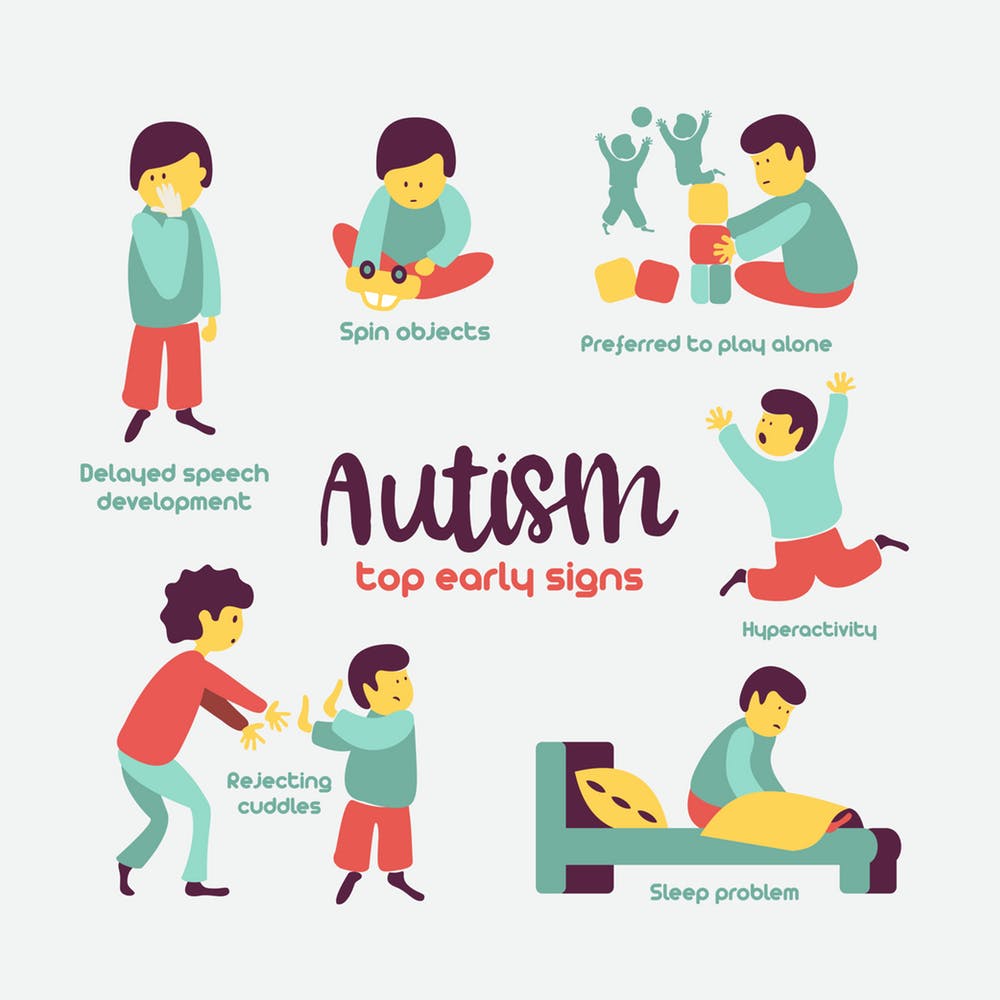Autism Range Disorder Symptoms And Causes

- Monitoring entails a variety of treatments that help your kid develop abilities (like social interaction) they'll require now and in the future.Our findings suggest pervasive organizations in between mother's wellness in maternity and spawn autism and emphasize that these organizations are mainly attributable to domestic confounding.The researchers researched greater than 650,000 kids born in between 1999 and 2010.Individuals normally call this "high-functioning autism" or the out-of-date term, Asperger disorder.
Distinctions in communication and social interaction identify these problems. Individuals with ASD frequently demonstrate restricted and recurring interests or patterns of actions. These variables might directly transform exactly how your infant's mind develops. Or they may influence how particular genes function, in turn resulting in brain differences. There's not always a clear line in between what's a feature of autism and what's a youngster just being a kid.
Points To Do After An Autism Diagnosis
Lately, scientists reported that more than 100 genes are linked in developing autism. Many autistic people check out autism as component of their identification-- not as a problem to be dealt with or protected against. So, some individuals are now saying that study on its causes isn't the most effective use of sources, considering that a few of this is centered around avoidance.
Yet the increasing frequency is likely due to the fact that doctor have much better understanding and resources than in the past. So, they're far better able to determine and sustain autistic individuals, which leads to more workplace visits and medical diagnoses-- and a rise in the numbers. Autism is a difference in how your child's mind functions that creates them to interact socially and act in unique methods. Early indications of autism include limited eye call and body movement and recurring motions or speech.
Getting An Autism Medical Diagnosis
This enhanced level of sensitivity may cause them to display various other ASD actions, such as stemming to help in reducing the overstimulation they're experiencing. This may include difficulty transitioning in between tasks, brand-new atmospheres, unfamiliar individuals, or unanticipated brows through. They might also feel Restricted & Repetitive Behaviors stressed when there is an adjustment in their favorite TV program's schedule, travel paths, foods, plans, or living setups. For more understanding into recurring behaviors, consider having a look at testing examinations such as the Grownup Recurring Behaviours Questionnaire-2 (RBQ-2A) or the Repeated Actions Range for Early Childhood (RBS-EC. Repeated actions involve doing the exact same thing continuously, frequently with no significant variant. These habits may include repetitive wondering about, inflexible regimens, echolalia, or preparing items in rows or patterns.
We accounted for the comorbidity and chronicity of mother's conditions and discovered their organizations with autism according to the spawn's sex and intellectual handicap (ID) status. We repeated the fully changed analyses (phase 1), in addition including the exact same ICD-10 concerned diagnosis obtained during the same direct exposure duration in the regression models. This made it possible for a straight comparison of the results of maternal and concerned medical diagnoses Premature Birth on the chance of autism, providing possible understandings pertaining to domestic confounding. We analyzed the results of both persistent and nonchronic diagnoses with statistically significant effects in the phase 1 evaluation after regulating for numerous screening yet excluded those not suitable to cis guys.
What Environmental Factors Are Connected With Autism?
While hyperlexia does not constantly come with autism, a 2017 evaluation recommends anywhere from 6% to 20% of autistic kids show early indications of hyperlexia, depending on how narrowly hyperlexia is specified. They might additionally reveal signs of hyperlexia, which includes reading beyond what's anticipated of their age. Youngsters on the autism range might learn to check out earlier than their neurotypical peers, often as very early as age 2. As they age, they may have problem talking or very restricted talking abilities.
